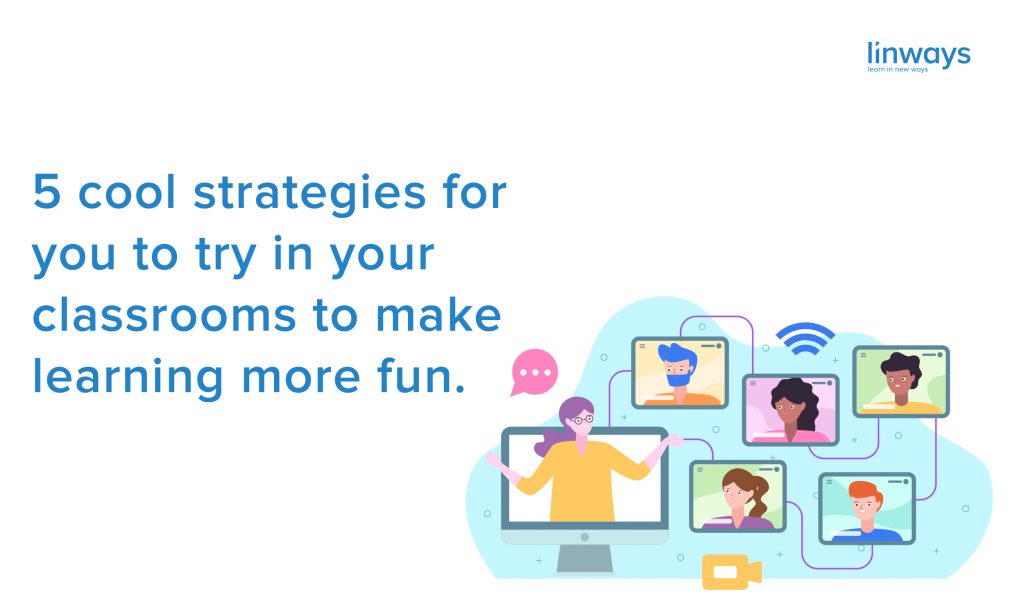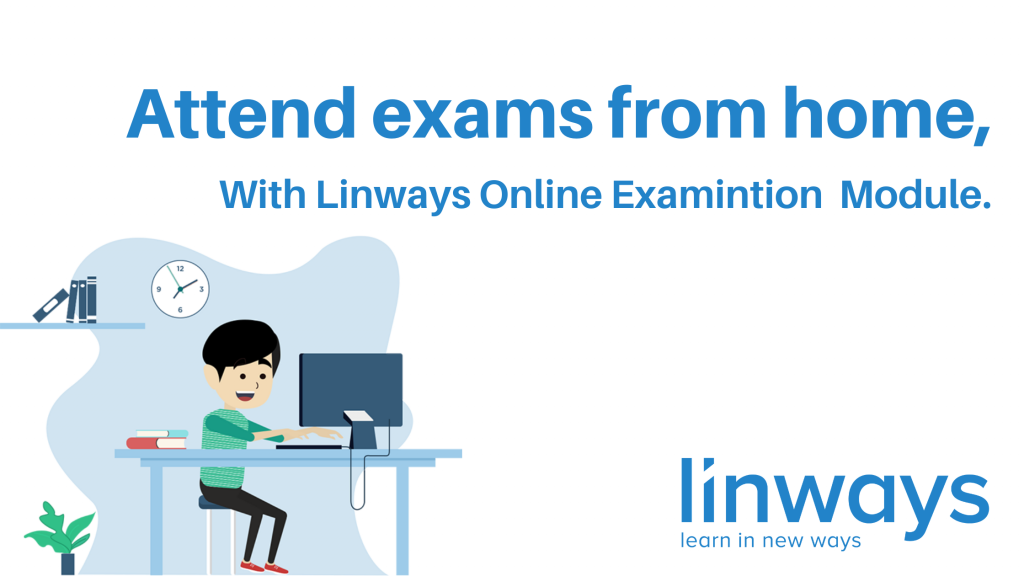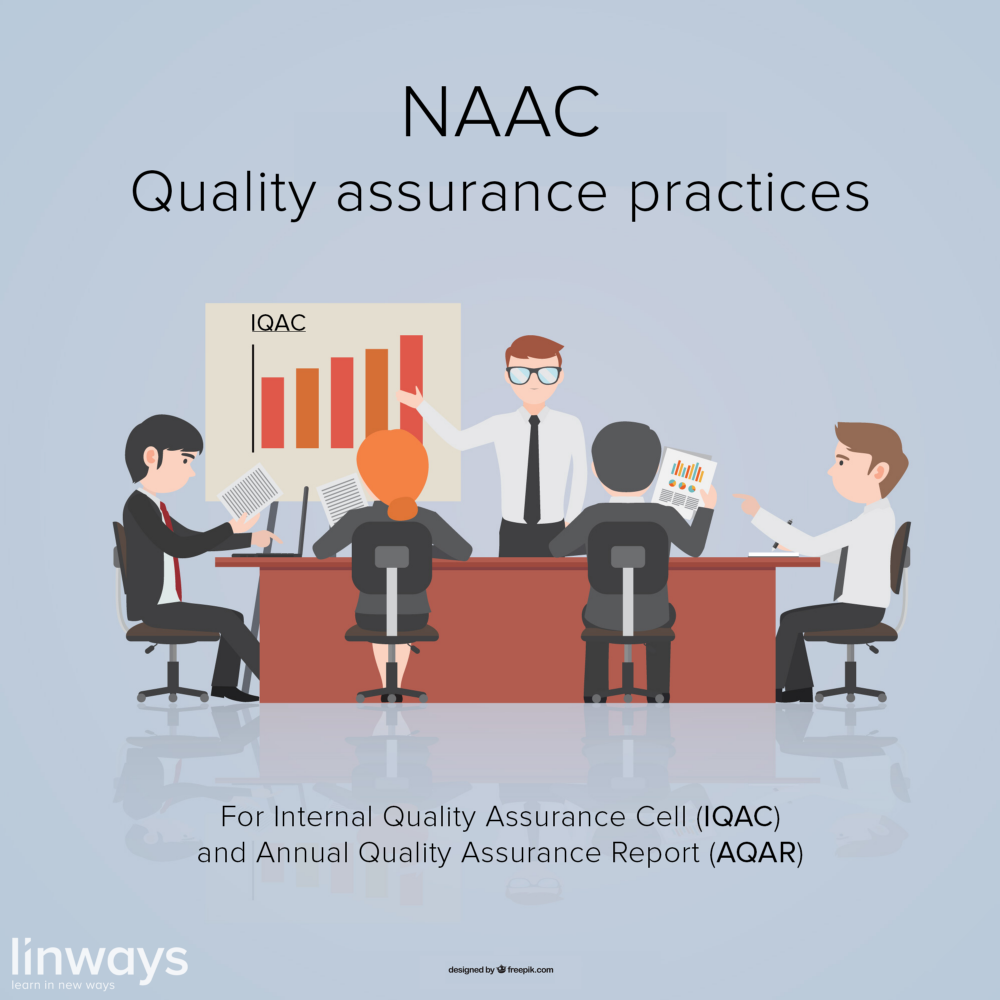
Teaching is the god of all professions. It’s the one that makes all other professions possible. However, teachers can have it hard to maintain engagement and capture the interest of their students over the course of a whole year or semester. Also, teachers can use several teaching strategies or techniques in order to make learning fun and keep the interest of the students. Over the years, Linways have written a great deal about teaching and learning. Many of our blogs are directly aimed towards making the teaching easier and more effective. From our past articles, we have curated the most engaging and efficient teaching strategies for you to try in your classroom that will make learning fun and engaging.
We have previously written about other aspects of online learning and improving the teaching-learning process in online classrooms. You can check them out here:
- How to ensure quality in your online classrooms.
- How to assess student performance in online classes
- How to assess student performance in online classes
- 9 ways to manage your physical classes online
So let’s look at some effective teaching techniques for online classrooms that can help you improve the quality of teaching-learning.
- Flipped classroom
Instead of lecturing for long hours and merely delivering the information, the course content is delivered online and the classroom is used for diving deeper into the curriculum facilitating the knowledge they have using experiments, projects, and peer-to-peer interactions.
This works best online. Teachers can deliver the course content through learning management systems and join with the students through live calls or discussion forums to engage them in the topic. This is a self-driven approach where the student learns about the topic themselves. - Synchronous and asynchronous learning
Synchronous learning occurs when learners and instructors are interacting in real-time, typically through delivery platforms, distance learning technologies such as video conferencing, discussion form and community chat, or collaboration and social learning technologies. Although learning occurs at the same time, learners don’t have to be there in person, or even in the same location.
Asynchronous learning is an instructional design and delivery methodology that allows students to access content or participate in learning outside of the classroom and at their convenience. The asynchronous method is more learner-centered, enabling learners to complete courses without the constraints of having to be in a certain place at a time. - Discussions and debates
Online discussions and debates in the classrooms can be a very effective teaching technique for online classrooms. Here’s how it typically works: the students are given the topic, and the teacher monitors the discussion/debate as a moderator while the students lead the interaction. It’s highly efficient because such student-driven activities motivate a self-learning attitude in students, and the teacher can focus on directing them in the right path.
We have previously written about such a flip-class based group quiz from a practical perspective in an article based on a discussion from Discussion Education BarCamp. You can check it out here. - Problem-based Learning
Project-based learning is a teaching method in which the students learn by actively engaging in real-world and personally meaningful projects. In Project Based Learning, teachers make learning come alive for students.
In online classes, teachers can drive student engagement and peer-learning experience by giving projects and assignments where students learn from solving real-world problems and creating ingenious solutions. - Content delivery in various formats.
Online classes are a great way to test the efficiency and engagement of your teaching styles. As you and the students are not in a physical classroom, course materials and content are often shared through learning management systems or by other digital means.
So try out different modes of content delivery in the form of videos, online articles, links to external sources of information, images, infographics, books, etc. This will keep the learning experience fresh, and the search and finding of course contents will lead to a greater understanding of the topic for the students. It also boosts peer-to-peer learning as students collaborate to find out the content from other sources. You can test which mode of content delivery works best with your students and modify your strategies accordingly.
However, in the end, it all comes down to how you want to treat your classroom and students. The best approach is almost always what the teacher finds from hands-on experience. These teaching techniques for online classes can help you expand your limits and open up new possibilities in improving the quality of teaching, enhancing the learning experience, and boosting student engagement in your online classroom.
Share some of the teaching techniques that you use in your classrooms in the comments and maybe we can spark up a discussion on other effective techniques like it with other teachers. Also please subscribe to our newsletter for weekly updates and new informational content like this one delivered to your inbox.
Also published on Medium.



